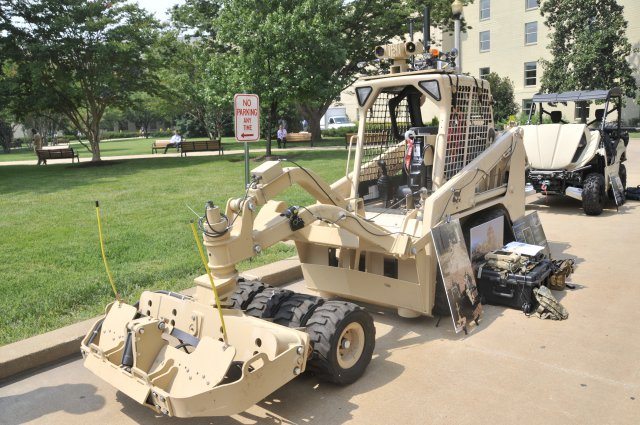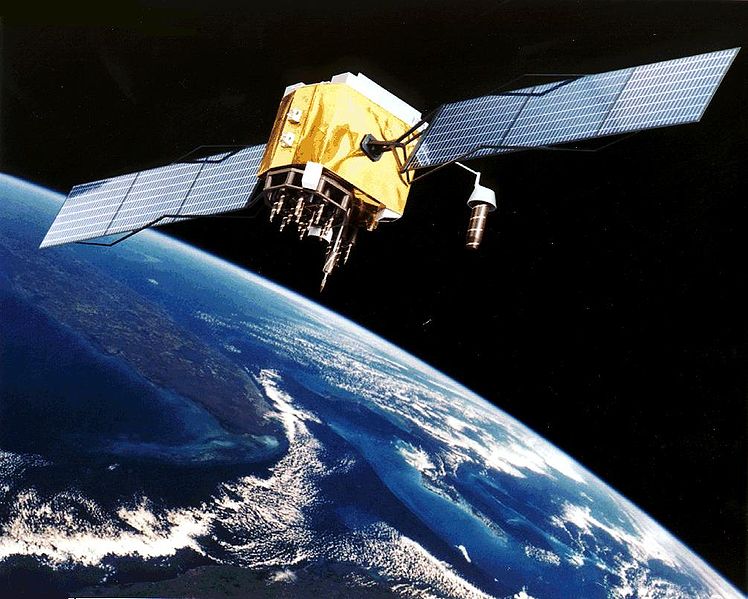When Soldiers in the field have an immediate need for a new technology or piece of equipment, they don’t have time to wait for it: They need it now.
This is where the Army Rapid Equipping Force, or REF, steps in. Personnel from REF displayed their wares in the Pentagon courtyard, July 26, in an effort to educate the Army on the kinds of services they can provide.
“Our main focus is to make sure that [Soldiers] get the equipment they need quickly,” said Jose Olivero, the REF chief of operations.
While regular equipping can take up to several years, REF is able to disperse needed technology in a relatively short time, sometimes in a matter of days or weeks. Olivero attributes this speed to both fewer jurisdictions to cross and fewer amounts of equipment sent out in comparison to the regular Army.
Olivero said REF leadership is empowered to expend funds and equip specific units as needed.
“For us, equipping means limited quantities for a specific unit for a specific purpose, whereas Big Army fields Army-wide, so they can’t afford to take the risk,” Olivero said.
The purpose of the event held at the Pentagon was to illustrate the types of equipment and technology that are being prototyped and shipped out to wherever Soldiers require them.
Among the machines exhibited were the Integrated-Blast Effect Sensor Suite, or I-BESS, which monitors blasts from explosions in an effort to link a specific explosion with a head trauma; the Eye-TRAC Assessment, which shows cognitive impairment; the Project Expeditionary Lab, a mobile lab for Soldiers in the field who need to develop technology while in theater; and the SandFlea, a robot with the capability of jumping 30 meters into the air whose primary function is to detect improvised explosive devices, or IEDs.
“[The SandFlea] is designed to protect the Soldiers,” said REF contractor Ryan Vangel, who was the spokesman for the SandFlea at the event. Vangel said Soldiers are asking for the ability to look on top of a roof or over walls, without having to go into a building.
Vangel explained that the SandFlea allows Soldiers to spot danger without putting themselves at risk.
Many of the prototypes on display only have a few copies currently available. For example, according to REF public affairs officer Ali Sanders, only two samples of the Small Tactical Multi-Payload Aerostat System, or STMPAS — a large balloon-like machine used for surveillance — exist in the world at this time. That small-scale manufacturing is what gives the REF its flexibility, Sanders said.
“We do things on a test basis,” she said. “If it’s something that the Army appreciates and they want to use more often, they’ll field it out for all the Army.”











